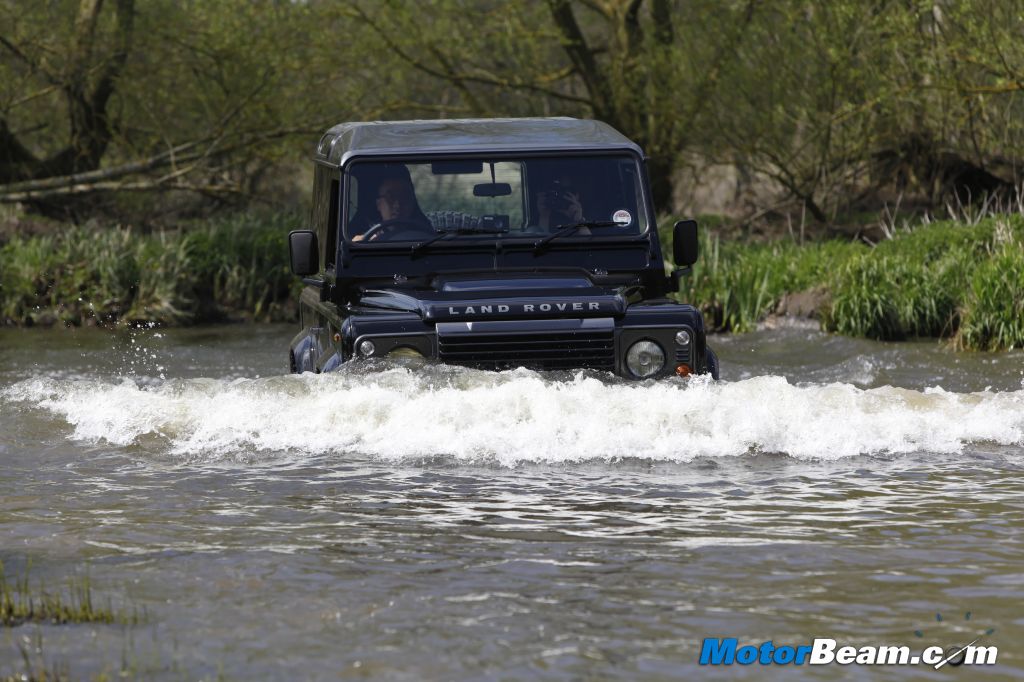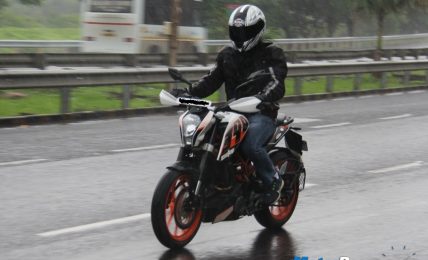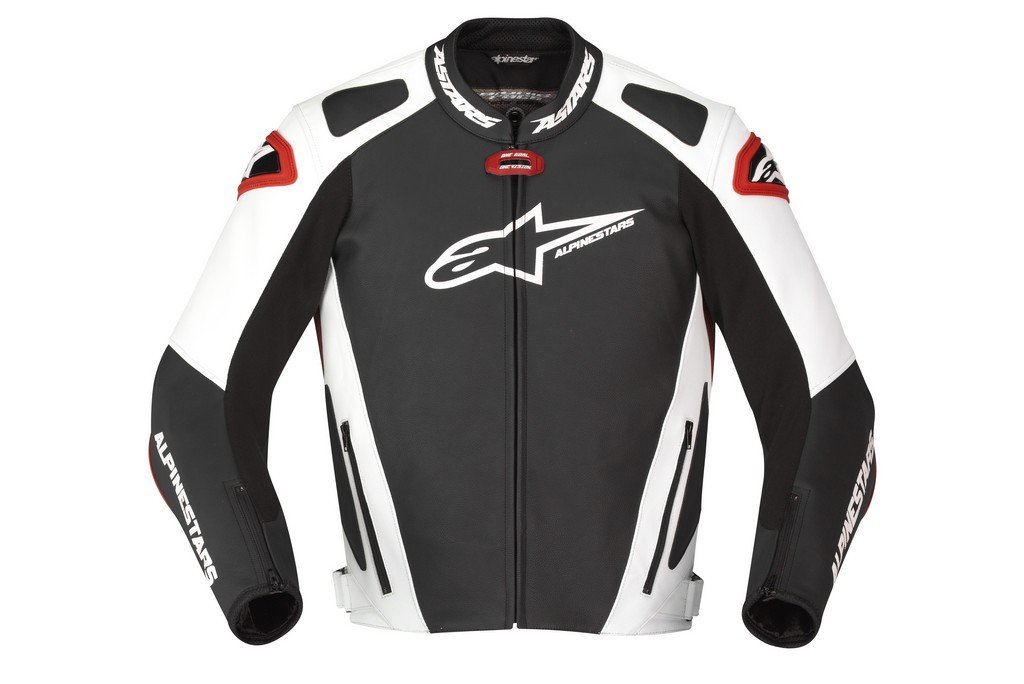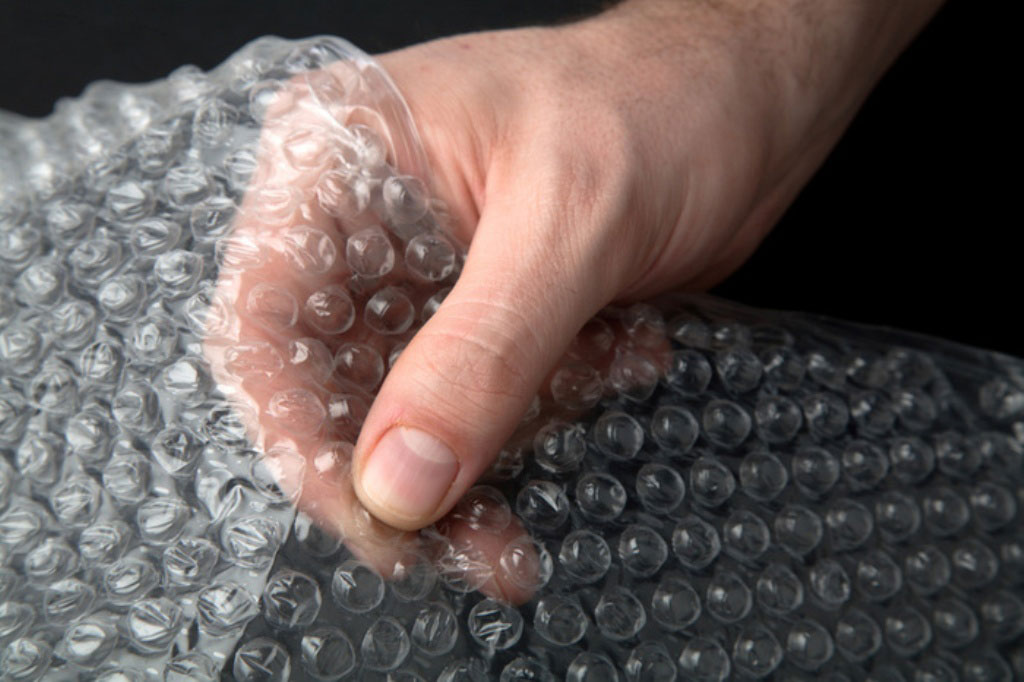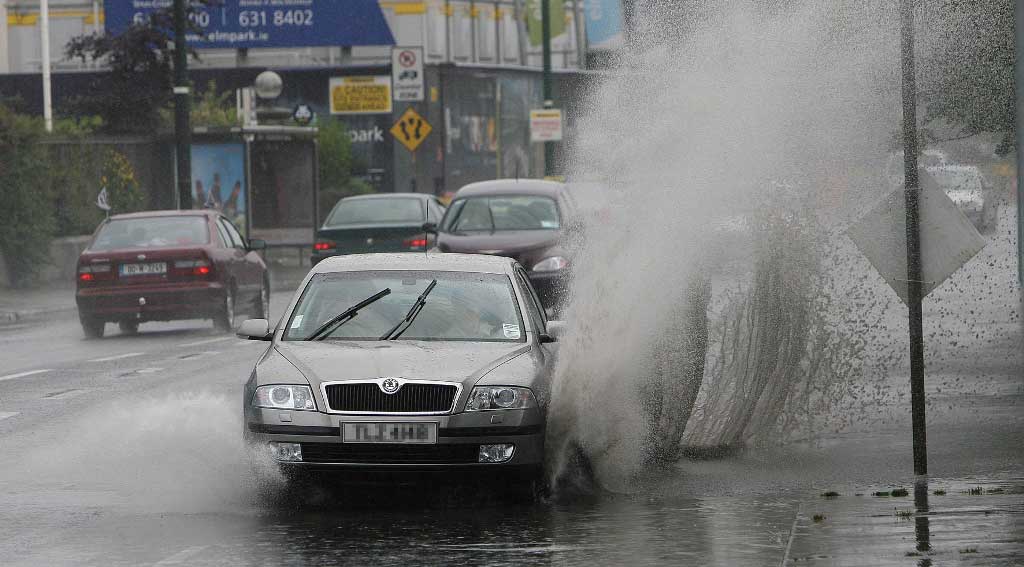
Monsoons aren’t as friendly as we want them to be and with potholes, flooding, poor visibility, waterlogged roads, it isn’t a pretty sight either. Not all drive big SUV’s that can calmly pass through a waterlogged road, that’s why it is important that you be very careful while driving on such road you take utmost care to avoid stalling your vehicle and getting stuck in the middle of the road.
A little preparation and presence of mind can get you out of a tricky situation without harming you or your vehicle. We give you 8 tips to drive through waterlogged roads that will come in handy.
1. Avoid Speeding
It will be fun to speed through waterlogged roads and puddles splashing water everywhere; but in actuality speeding will do more harm to your vehicle. Water logging hides out any potholes, open drainages on the road and you end up speeding yourself right into one of them. You don’t have much control on your vehicle while speeding, which is dangerous not only for you, but also for the other cars, pedestrians and so on, since there is minimal stopping power into play.
2. Stay In The Centre Lane
If you do have to drive through a waterlogged road, it would be a good idea to stick to the centre lane on the road. The depth of water is higher on the left side and it would be a good idea to stick to the centre lane and maintain an optimum speed on your vehicle. Roads are designed with a tilt to the left side for the rain water to collect and flow into the drainage. The water depth should be at level in the centre lane and will help you judge better, if it is possible to drive through it or not.
3. Avoid If Water Level Is Above The Exhaust
Judge the depth of water before you venture on the waterlogged road. If the water level is rising above your door sills, it’s best to avoid driving. Your exhaust will be completely submerged in water and there is a dry chance that it will enter your engine severely damaging several components. Moreover, certain insurance companies may not process your claim of driving on waterlogged roads, and you will have to end up paying for the very expensive damages out of your pocket.
4. Keep The Throttle Pressed
In the event that you do have to drive through a waterlogged street, it is important that you keep the throttle pressed at all times. Maintain a constant speed, you don’t need to floor the throttle, just keep it gently pressed. Even if you need to change gears, make sure you do that with keeping the throttle pressed. It is best to drive in the first and the second gear at the most and maintain a consistent speed, with higher revs. The idea is to keep the water out of the engine, which could enter from the exhaust pipe.
5. Avoid Starting Your Car
In any case, if the vehicle does stall amidst the water do not try restarting the engine. Your vehicle could go into something known as hydrostatic lock causing the engine to seize. Cranking the engine will allow more water seep in and cause extensive damages. Also do not open the bonnet while the car is stuck in an effort to start the car, you will only be making way for more water to get through. It is best that you ask someone to tow your car away from the road, or wait it out till the water level recedes.
6. Make Way For Others
This may seem a little harsh, but it is best to follow another car on waterlogged roads. This will keep you informed well in advance in case the car in front does land up with some problem. If there is a car coming from the opposite direction, it is better to wait for it to pass by and then move forward. The ripples created by that car, could unnecessarily add to your problems. Make sure that you let other cars the right of way first, especially at crossings. With the visibility low, you don’t want any mishaps added to your agony.
7. Take An Alternate Route
During monsoons, it is better to lookout for alternate routes that are likely to be less flooded. Even though they could be the busiest, since everybody will be using it, you will save a lot of money that would inadvertently go into the repairing the car. It is better that you plan your route well in advance and also keep a tab on the weather. Even though you cannot always let the weather control your travel plans, you can fairly decide if it is better to use public transport or take your vehicle out.
8. Take A Break
It is best to stop and take a break while it’s raining. If it’s flooding, it is better to stay at home. Not only will you be safe, but won’t spend countless hours in traffic jams risking your life and money. If the trip is not important, it is best to avoid it. You can choose to wait till it stops raining and then commence your journey. Above everything else, stay calm. You tend to think better when calm and will be able to use your presence of mind to wade in deep waters more effectively.
Driving through rains can be a stressing task for you and your car. That said, it is best that you prepare your car for the monsoons with a pre-monsoon check. Most manufacturers come up with pre-monsoon check service camp that will prepare your car for the monsoons. You can also refer to our comprehensive guide on how to prepare your car for the monsoons.


